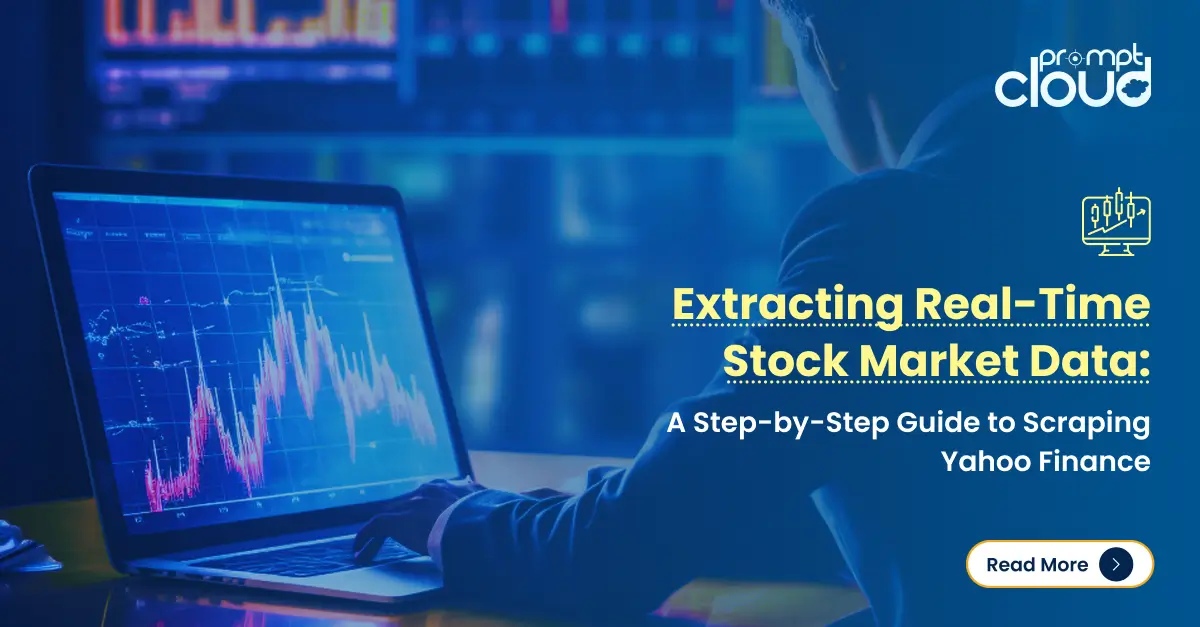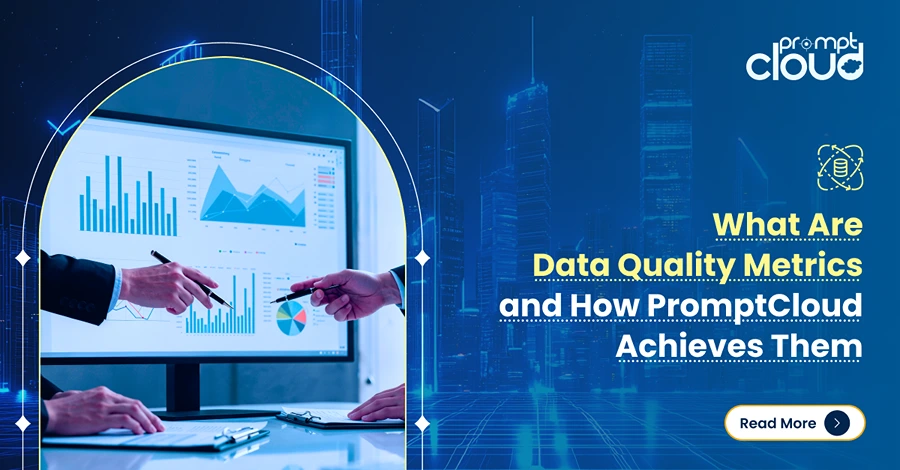
Thanks to the rise of big data, predictive analytics can be used to gauge the price of anything starting from a used car to a piece of art. Real estate has long struggled with analytical forecasting due to the number of factors at play. Some of the most common data points that are used to weigh the value of real estate are –
- Location
- Nearby amenities
- Available public transportation facilities
- The total area and number of rooms and bathrooms
- Distance from the nearest airport
- Rental yields
All this will only give you a limited idea on real estate data analytics, because in today’s world, you need to zoom out before you look at the complete picture. Only then will you be able to factor in intricate details as listed below –
- Upcoming infrastructure projects
- Crime rates
- Tourist attractions and annual tourist footfall
- Airbnb rates
- Distance from the highway
- Major colleges or offices in the area
The relevant data points other than predicting prices
We just showed you 12 data points, but the reality is that if you create an excel sheet, you could have anywhere from 25 to 100 data points for every real estate property on your list. Big Data has enabled us to use predictive analytics and modeling techniques to solve this problem. Models can be trained on any number of data points for n number of properties. These can then be used to predict the value of new or upcoming real estate projects.
One thing to note here is that commercial and residential properties are evaluated separately for best results. Property valuations are the main use of predictive real estate analytics but there are more –
Observing long or short term rental yields
Both commercial and residential properties were earlier associated with only long term rentals running into multiple years. Companies like Airbnb and WeWork have changed the scene. Today hot-desks are being rented by individuals for a single day, and companies are renting meeting rooms for a few hours. Individuals are renting a house or even a single room for a few days instead of booking a hotel room. In this new world, you would need to look at both such short term as well as long term rental yield before you invest in a property. Big data analytics can help you get close to the actual figures that you might achieve.
Calculating Insurance Premiums
Given the number of factors at play, calculating insurance premiums for properties might be very difficult. It’s no more as simple as just using the crime rate or the number of homes that went down in fire in the neighborhood, or checking if the flooring is wooden. Even the impact of climate change that can lead to flooding, hurricanes, or forest fires needs to be factored in when evaluating a property today. All this can only be handled through big data analytics and by adding more and more data points whenever they come into the picture.
Boosting Development Projects
It’s not just individuals or companies who need to evaluate real estate data to make some bucks. Often, governments and organizations also need to study the data to decide on what to build and where to build it so that the local community can get benefitted. This can be done to answer questions like –
- In which part of a town a new school should be built
- Points through which a mass transit system like metro rail should pass
- How far do commercial properties like malls need to be from residential neighborhoods
- Which open areas should be converted to parks
If new infrastructure comes up without proper study, there can be two scenarios – a) under-use of the infrastructure resulting in decay and abandonment as seen in many cases and b) misuse – for example a park built in a neighborhood with very few children may not be used for its intended purpose.
Enhancing Marketing Strategies
When pitching a property to investors or buyers, you need to give them a broader picture to use predictive real estate analytics data. This should include points that one can’t spot without the dataset that you have in your hands. You can even share a comparative study of similar properties to help people understand how a new property may perform in the market. Whether you are a builder or a broker, big data analytics on real estate data can help you with better understanding of the market and the properties in your hand.
Spotting Trends in the Infra Market
The markets don’t keep rising, or falling. They go through upward and downward economic cycles. One such trend reversal happened due to the 2008 financial crisis. Another one was recently triggered by the Covid-19 pandemic. But these are larger trends. To be able to spot trends at a microscopic level by evaluating properties in specific areas, you will need the assistance of a large amount of data and some number crunching algorithms.
Understanding Customer Needs
Just like governments need to decide which area would best suit a new public infrastructure, builders also need to decide a lot of things like –
- Where to build
- Which amenities to include
- The look and feel of the building
- The target buyers or investors
- Short as well as long term development plans
Predicting or decoding the answers to all these questions would sit on the shoulders of big data. You will need to go through properties similar to the one that you want to build to calculate the feasibility and the return on investment. If the figures don’t line up, you will need to get back to the drawing board for further recalibration.
Summing up real estate data analytics
Today, real estate decisions are backed by a large amount of data. Consultancies like McKinsey & Company are publishing reports like this one on the value of data (both traditional and non-traditional) in the real estate data analytics field. In such a scenario, and in the presence of fast changing macroeconomic conditions like wars, diseases and changes in the financial markets, only those using data will come up on top.




















